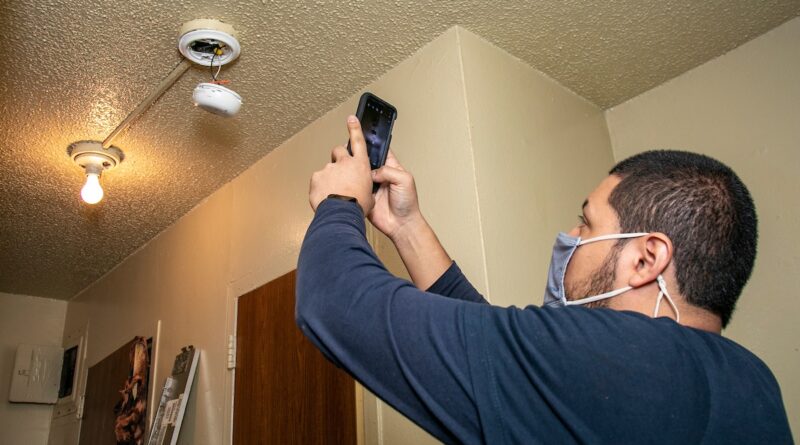NYCHA’s Work Order Reform Continues Making Strides After Citywide Rollout
Following borough-specific rollouts over the past year, NYCHA’s revamped process of scheduling work orders at developments is now underway throughout the city.
With the latest implementation launching across Manhattan in early October, the Work Order Reform program has brought some welcomed improvements in communities where stakeholders have experienced the changes firsthand. The program was first unveiled in Queens and Staten Island in November 2021, and later expanded to the Bronx in March 2022 and Brooklyn in August. NYCHA is soliciting continuous feedback from stakeholders while it refines the program through ongoing monitoring and evaluation.
Seeking to enhance the resident and employee experience during the repair process as part of the Authority’s Transformation Plan, the initiative requires that all necessary work orders for a resident’s request be made simultaneously on-site during the first maintenance visit.
In addition, the program decentralizes skilled trades jobs by stationing the workers at a specific consolidation or “Neighborhood” where possible, depending on the demand for each trade. Skilled trades workers are those who perform specialized repairs in apartments, including painters, plasterers, carpenters, plumbers, electricians, bricklayers, exterminators, roofers, and glaziers.
Customer service is at the heart of the effort for NYCHA, according to Neagia Drew, Deputy Director in the Office of Quality Assurance, who co-leads Work Order Reform operations in partnership with the Office of Strategy & Innovation.
“We’re putting the power back into the residents’ hands to schedule their appointment,” noted Ms. Drew, a former longtime resident who has worked at NYCHA for 27 years.
Under the new system, a maintenance worker now opens all necessary work orders for an apartment during the first visit. Residents can then call their neighborhood planner to schedule all skilled trades repairs at once. In the former system, the next step in the repair process was only scheduled once the previous step was completed.
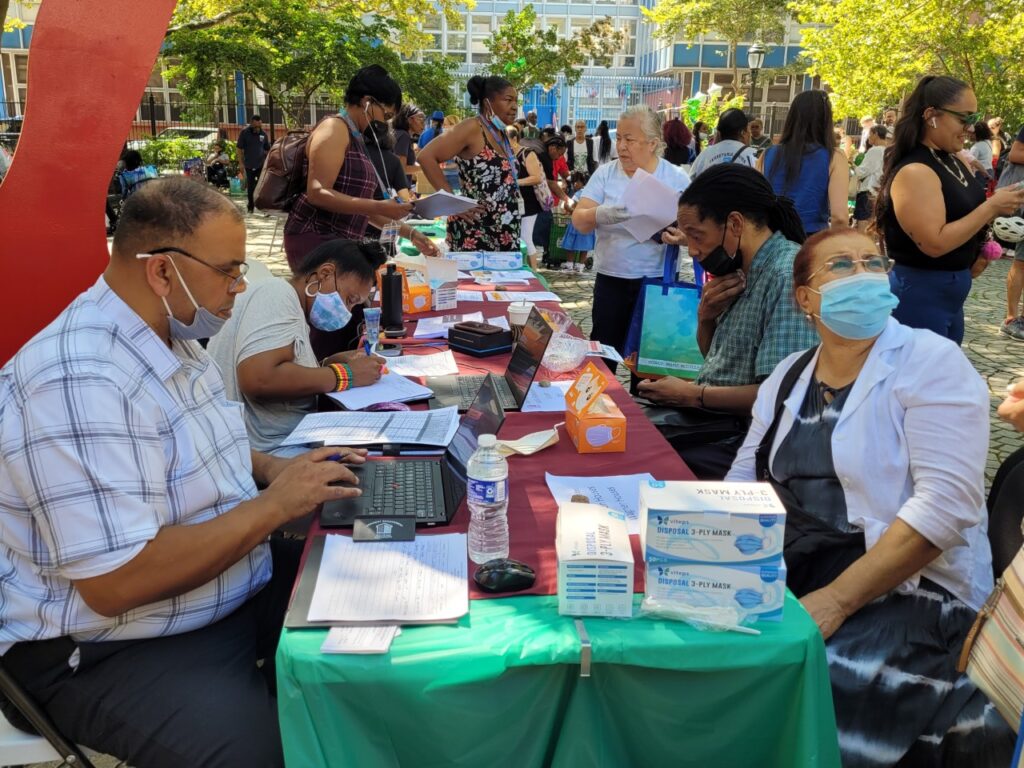
The direct line of communication with planners has been one of the key improvements touted by residents throughout the boroughs since the program took effect. Residents now have the opportunity to make appointments for times that fit their schedule.
“Being able to speak to somebody directly who can really get on the job and who proves to you that they can handle it, that’s been good for me,” explained Sharema Jackson, a resident of Astoria Houses for about 20 years.
Ms. Jackson, who recently had her kitchen cabinets replaced and bathroom leak fixed, praised the assistance of Neighborhood Planner Diana Legree in getting all of the jobs scheduled in the apartment.
“She’s been helping me a whole lot; if it wasn’t for her, I don’t know what I would be doing right now,” said Ms. Jackson, adding that she intended to call for some additional work.
Neighborhood planners have also remarked on the efficiency of the revised scheduling process in ensuring work orders are completed for residents.
“This is such a great program because we’re better able to serve the residents,” said Brooklyn Neighborhood Planner Elizabeth Diaz, who works out of Sheepshead Houses. “We get a lot of phone calls thanking us.”
A former resident and longtime NYCHA employee, Ms. Diaz said she knows how important it is for residents to feel at home in their apartment and be able to get repairs finished in a timely manner. When speaking with callers, the neighborhood planner makes customer service a top priority, including following up with residents after the jobs have been completed.
“I want the best for the residents, and it’s about providing customer service on a whole new level,” she explained. “I believe in NYCHA; that’s why I make sure I can do my part – and if that’s going the extra mile, I’m going to do it.”
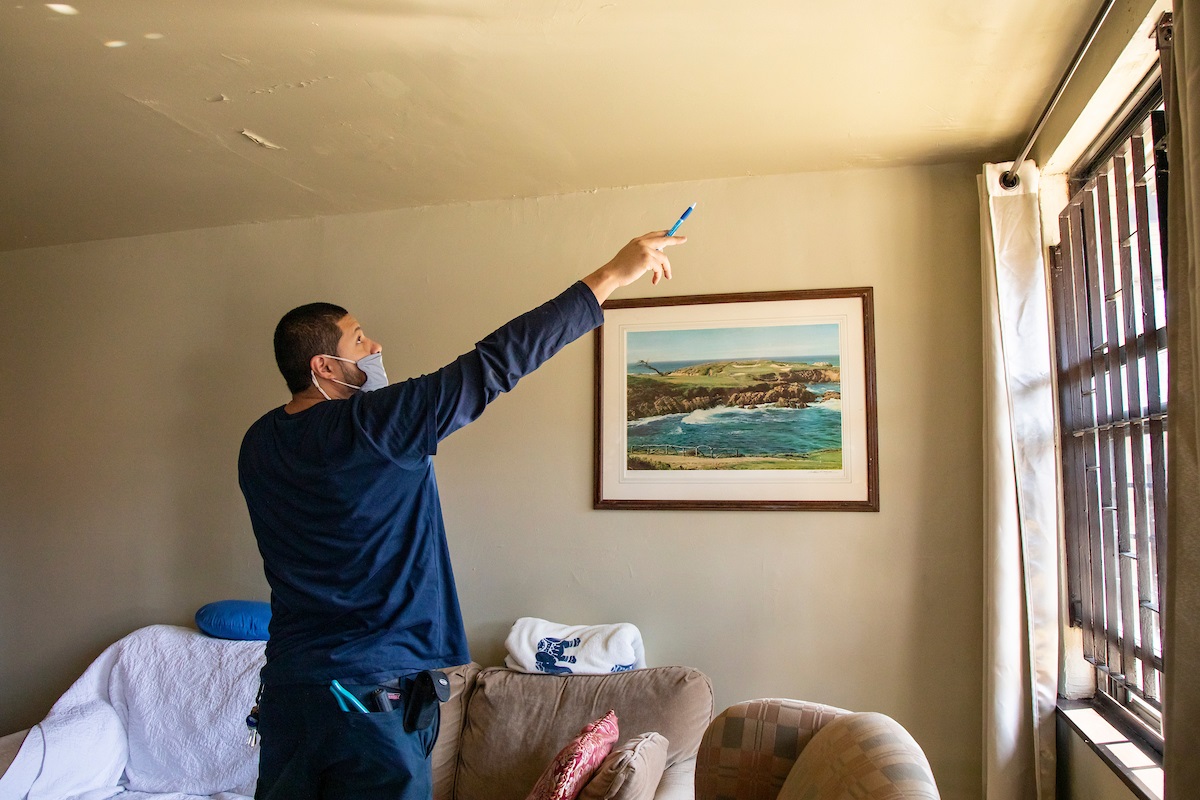
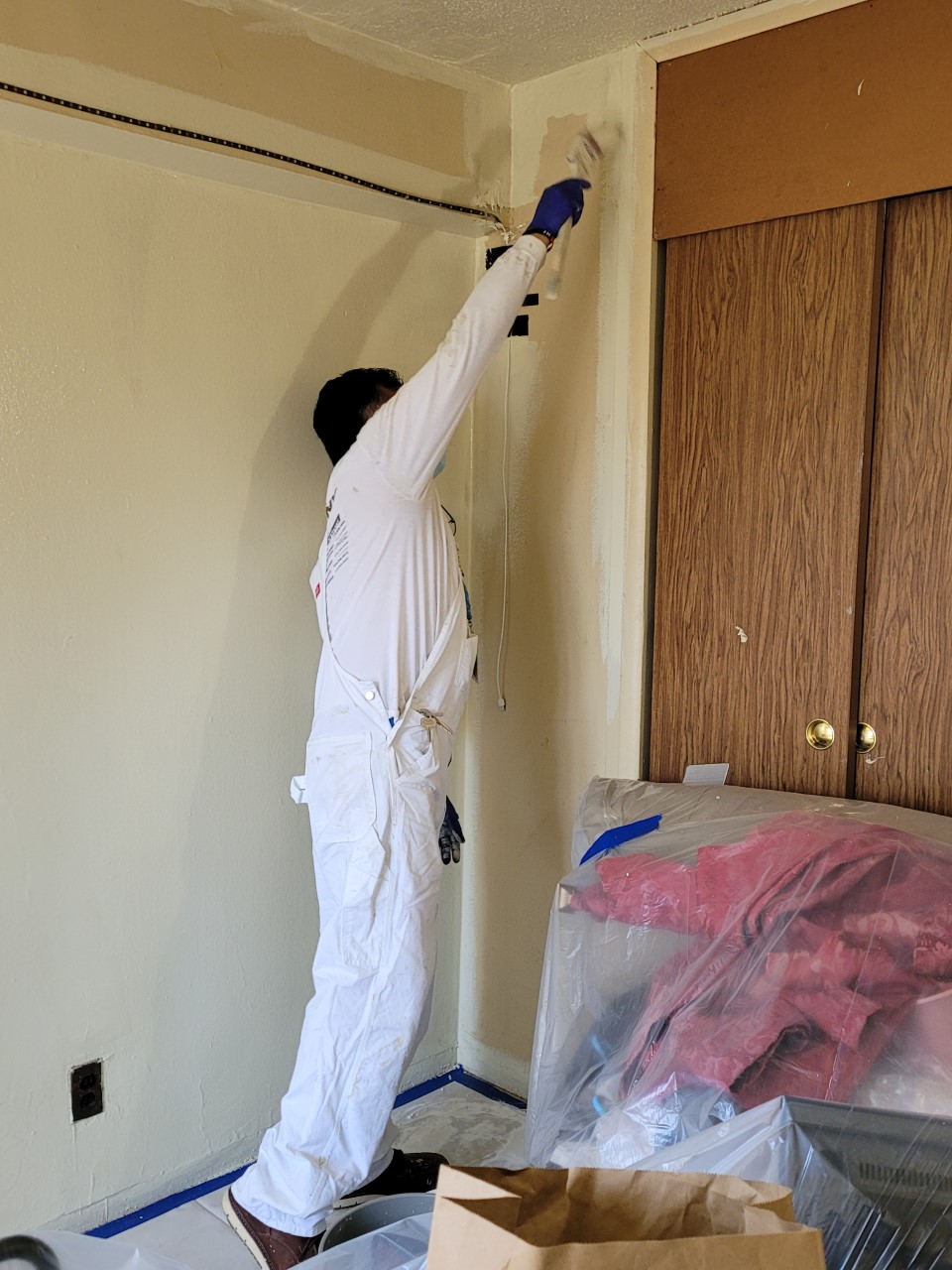
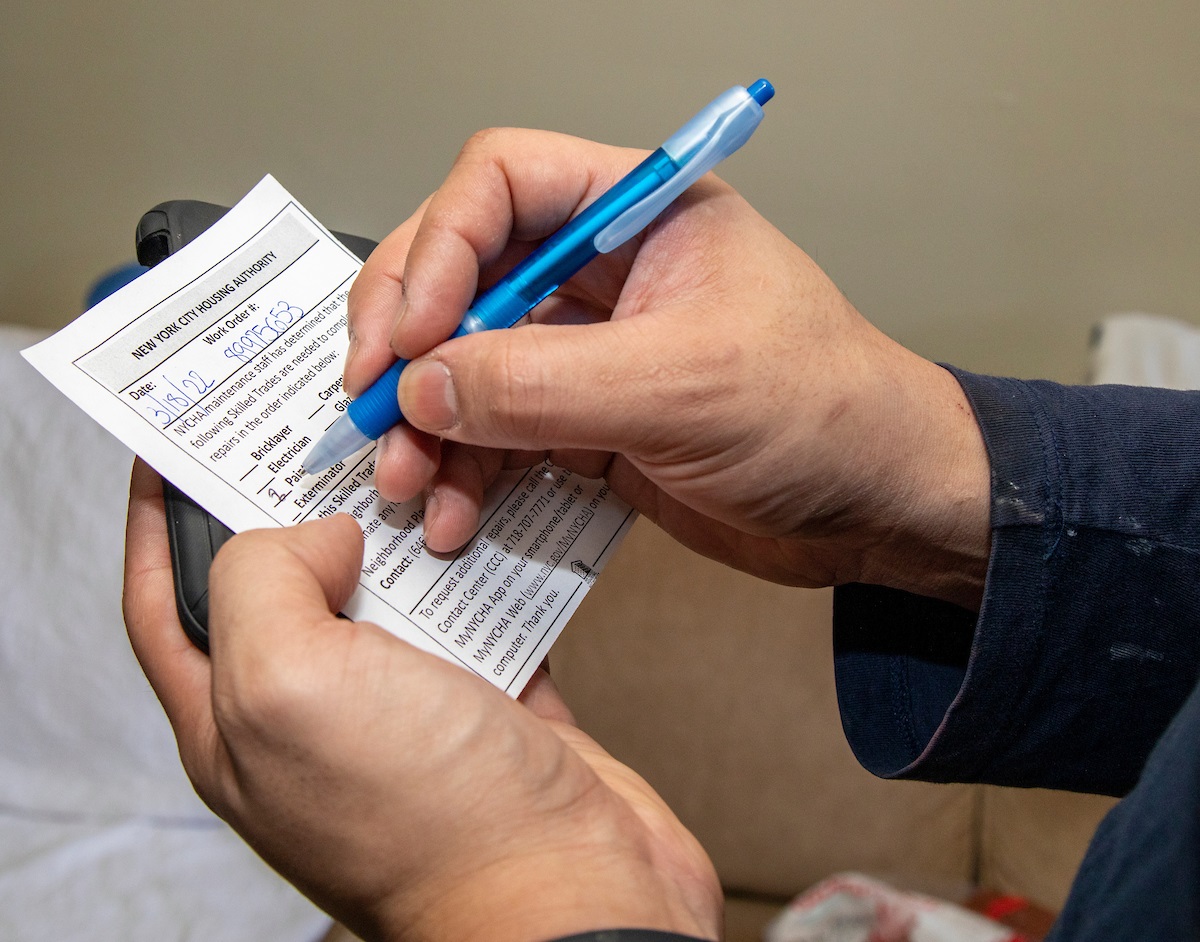
The reformed work order system is also making a difference for the staff that perform the repairs, who say they are able to get more work orders done as a result. Additionally, having most of the skilled trades workers assigned to a particular site allows them to become more familiar with their job sites and eliminates their travel time between developments, resulting in fewer service delays.
“This new program is definitely a plus,” said Maintenance Worker Kurt Meade, who is based at Kingsborough Houses in Brooklyn. “The main improvement is that the residents are getting the work that they need done and are getting it done sooner. Some people have thanked me that the work was expedited, and that they got an appointment date and knew when we were coming.”
Referring to the work order revamp and other NYCHA initiatives to improve the delivery of services, Ms. Jackson said such efforts show that staff are “trying to help and that they really do care about people trying to get their work done.”
Ms. Drew credits the work order program’s advancements, in part, to having a team of former residents, veteran employees, and others who understand the needs of the NYCHA community. With the initiative now in place across all five boroughs, some next steps include monitoring the program to help increase productivity and additional staff training.
“NYCHA is moving in the right direction,” she stated. “There’s no magic trick to this, but we’re moving in the right direction.”

